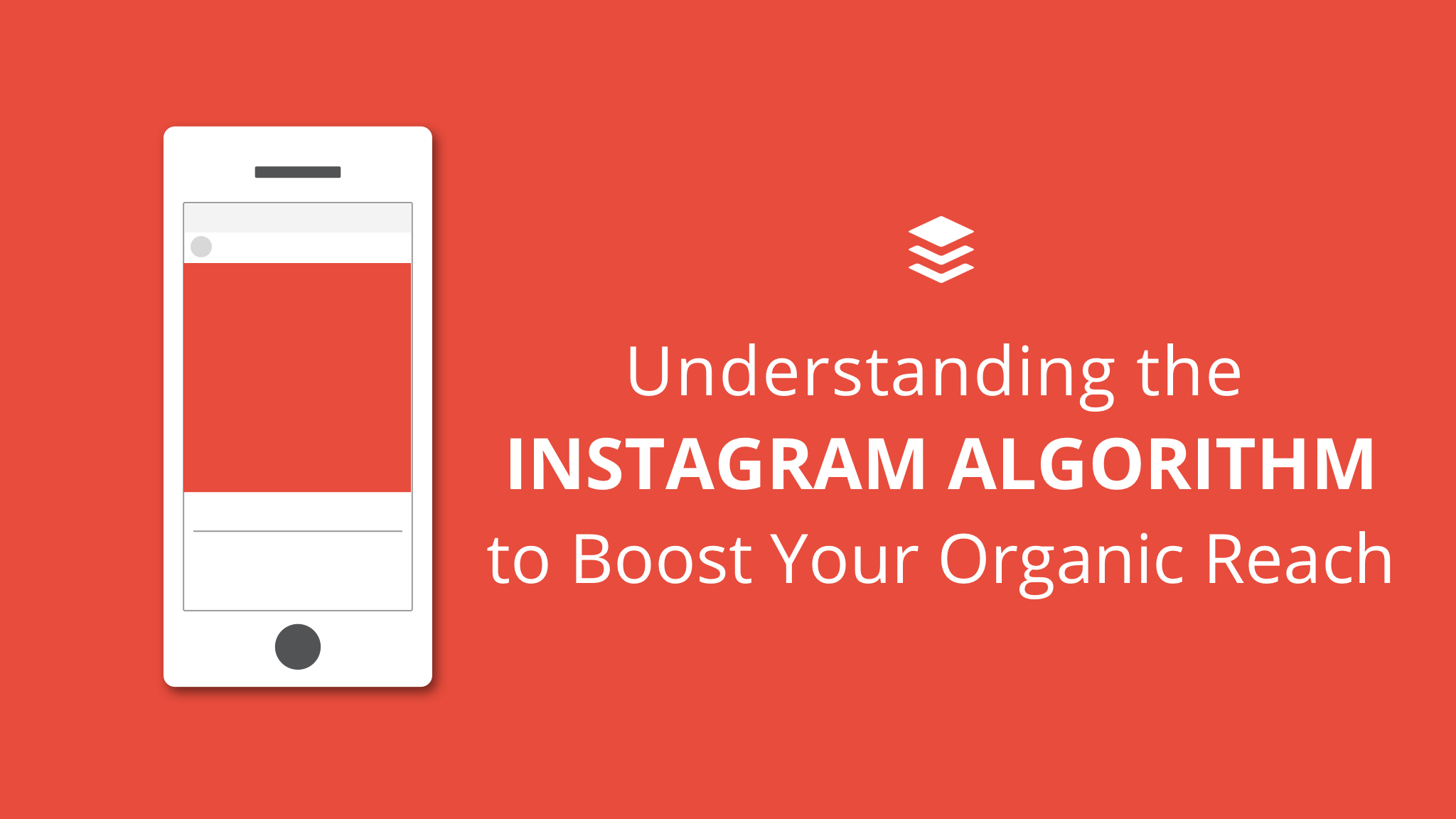Source: Social The Instagram algorithm, just like the Facebook News Feed algorithm, is so mysterious yet ingenious and brilliant in showing the best
The Instagram algorithm, just like the Facebook News Feed algorithm, is so mysterious yet ingenious and brilliant in showing the best content to the most people.
If you are creating great content, more followers — and non-followers — are going to see it.
But how does the Instagram algorithm work?
In this post, we’ll break it all down for you. We’ll go through the factors that could influence the ranking of your content on your followers’ feed and explain why the Instagram algorithm is actually great for marketers.
Let’s go

How does the Instagram algorithm work?
The short answer is… it’s complicated.
While we might not know exactly how the Instagram algorithm works, I’d love to help you decipher the mysterious Instagram algorithm (as much as I can). I dug into several sources and distilled my findings into the following seven key factors.
Here’s a quick overview of the seven key factors we’ll go through below:
- Relevancy: The genres of content you are interested in and have interacted with

Let’s dive in!
1. Engagement: How popular the post is
According to Michael Stelzner, CEO and Founder of Social Media Examiner, when a person or brand publishes a post, social media algorithms would typically show the post to a sample audience and see how the audience react to it. If the audience reacts positively to the post right away, the algorithm would show the post to more people.
This implies that a post with more engagement is likely going to rank higher on your Instagram feed. The types of engagement that the Instagram algorithm considers can include likes, comments, video views, shares (via direct message), saves, story views, and live video views.
If someone you follow has engaged with a post, too, Instagram might also assume that you could be interested in that post and included it within your feed.
Here’s the great news: An Instagram spokesperson told Business Insider that ranking of Instagram posts will not be a popularity contest. Posts with less engagement but which are more relevant to you can still appear right at the top of your feed.
2. Relevancy: The genres of content you are interested in and have interacted with
When the algorithmic timeline was annouced, Instagram mentioned that it would show you content that you’ll likely be interested in first:
This implies that content that is relevant to your interests will likely rank higher on your feed. But how does Instagram know your interests? One way could be to look at the genres of content (e.g. travel, food, fashion, sports, etc.) you have interacted with in the past.
With the level of photo recognition technologies available now, I believe it’s possible for the algorithm to categorize posts into simple genres such as travel, food, fashion, and more — and possibly even more sophisticated genres. The algorithm could also look at the hashtags used.
If there’s a certain genre of content that you engage with more frequently (e.g. food), Instagram might rank content of that genre (e.g. food, restaurants, etc.) higher on your feed.
3. Relationships: The accounts you regularly interact with
In its second announcement about the new feed, Instagram stated the following:
And no matter how many accounts you follow, you should see your best friend’s latest posts.
Just like Facebook, Instagram doesn’t want you to miss important posts from your friends and family, such as a post about your friend’s engagement. This implies that content from your “best friends” likely ranks higher on your feed.
Since Instagram is owned by Facebook, Instagram could use data from Facebook to determine your relationships — family, friends, schoolmates, colleagues, etc.
I also believe that the Instagram algorithm studies your past interactions to determine your “best friends”. In a talk about designing and implementing the Instagram algorithm, Thomas Dimson, a software engineer at Instagram, shared how they could have determined the people you care about:
- People whose content you like (possibly including stories and live videos)
- People you direct message
- People you search for
- People you know in real life
While these might not be the exact criteria used in the Instagram algorithm, they give us a hint that Instagram probably considers the accounts you frequently interact with as “people you care about”. And it would rank their content higher on your feed.
4. Timeliness: How recent the posts are
The next key ingredient in the Instagram algorithm, as suggested by Instagram, is timeliness.
Instagram wants to show you posts that are recent and, consequently, more relevant.
Something from last week might not interest you as much as something from an hour ago, so Instagram will likely show you more recent posts rather than posts from a few days or weeks ago — even if the older post had received a…

COMMENTS